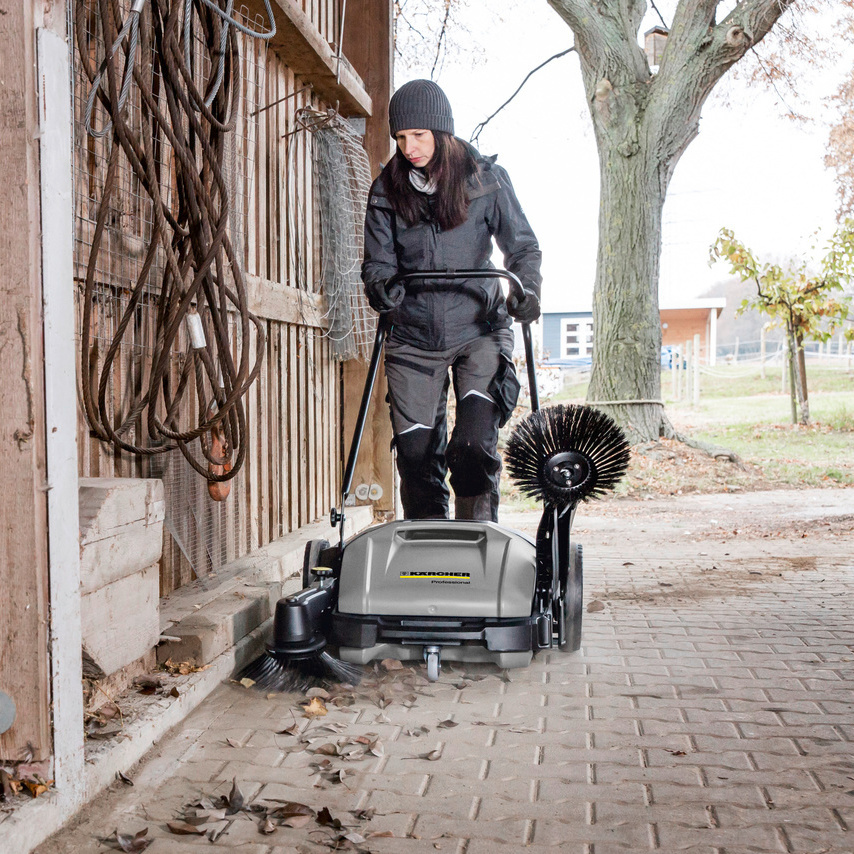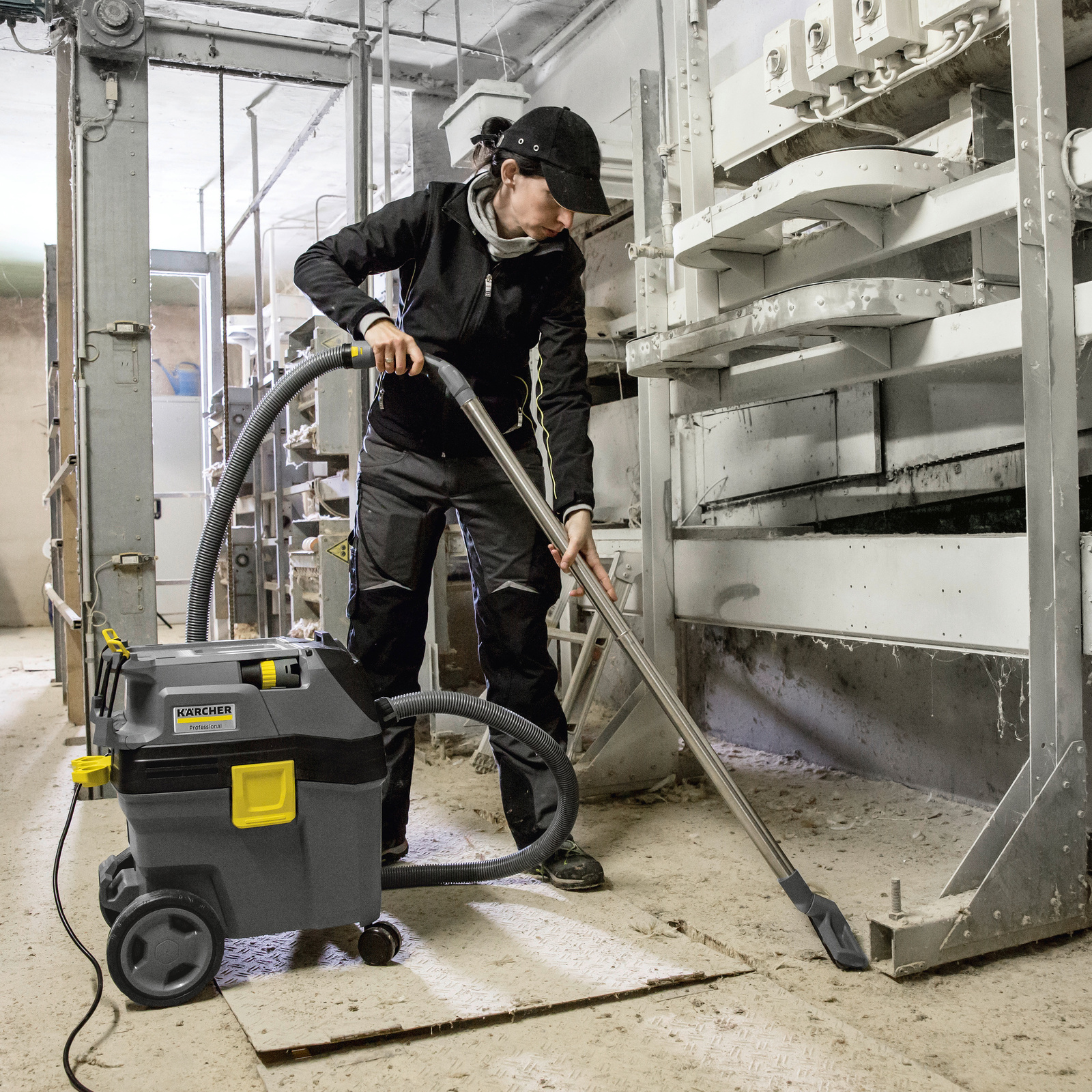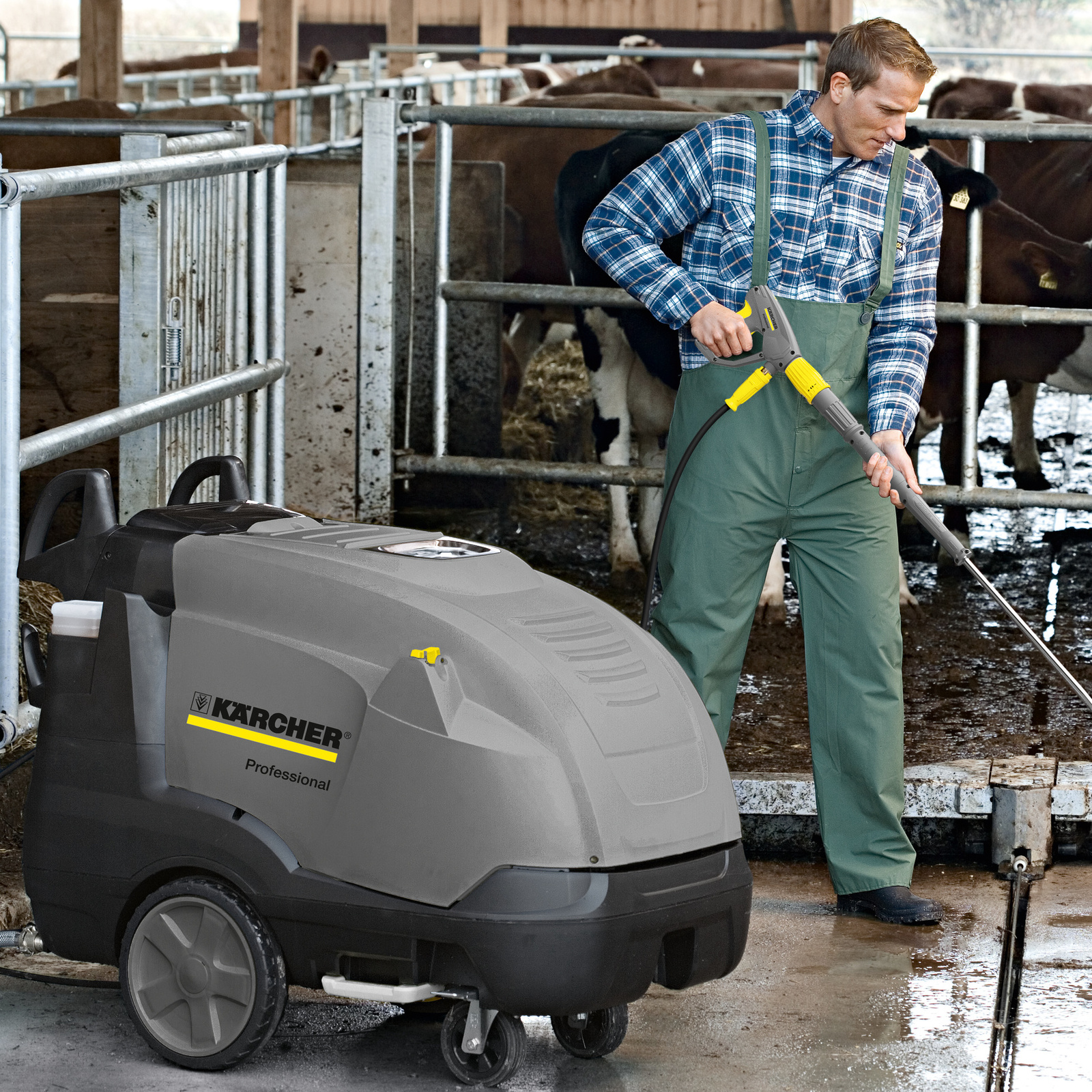Avian flu: Hygiene protects
Recently another strain of the influenza virus was discovered, this time in Germany. The avian influenza caused by this virus is highly contagious and means high economic losses for poultry farmers in the event of an outbreak in their own livestock. However, the disease can be prevented with strict bio-security and meticulous cleaning.

Interrupting transmission paths
The virus enters the sheds or stalls in various ways, which can be effectively countered with meticulous hygiene. Poultry keepers should look at the following transmission paths:
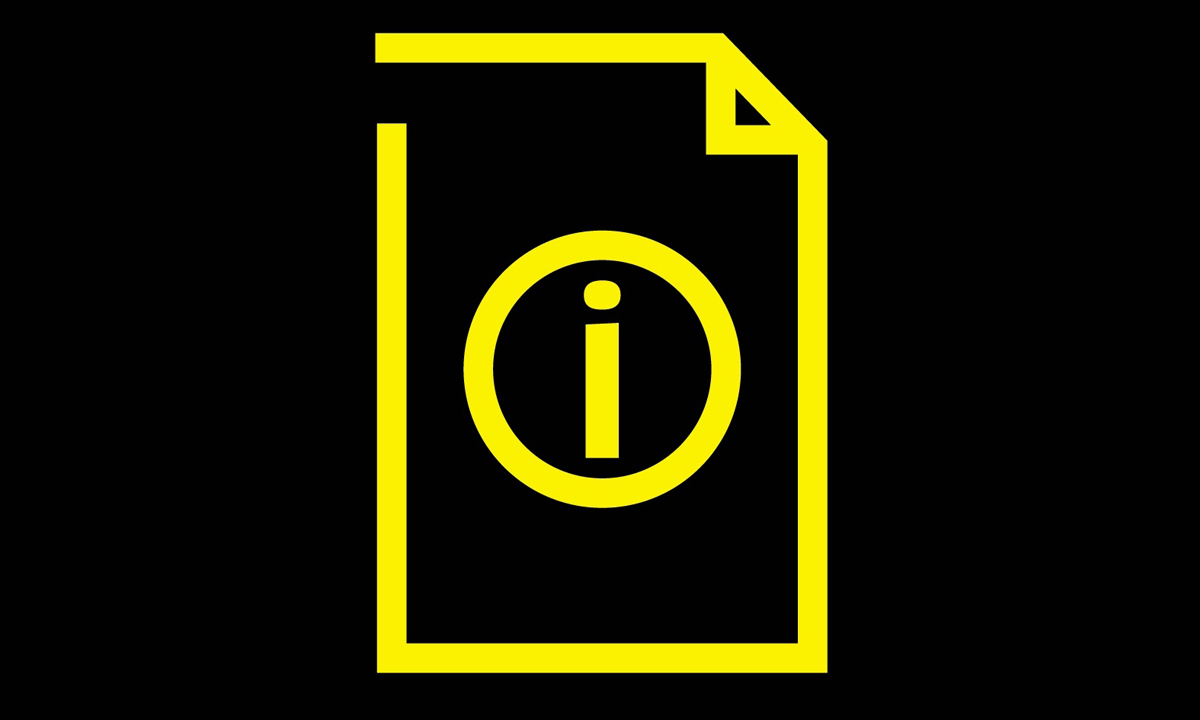
Observing regulations for bio-security
At least in the EU, a lot has been achieved if poultry keepers strictly adhere to the regulations for bio-security. An important contact partner for the details of implementation is the vet.
Many measures for protection against bird flu involve the organization of the facility: Who has access to the site and the sheds and stalls, where can vehicles go, stop and load or unload, and where and how are animal feed and equipment stored? And how is compliance with the rules ensured: written schedules, instructions and inspections by supervisors, fences, doors and gates, cameras, security staff? All of these are good starting points for ensuring that the regulations concerning access and hygiene are followed.
Most important protective measure: Hygiene
A decisive aspect of hygiene is cleaning. Here, the important thing is to know and use the most effective methods for the respective purpose. This includes sufficient frequency and appropriate cleaning routines, correct procedures and - also very important from a business point of view - efficient equipment.

Hygiene for outdoor areas

Indoors: Different equipment for black and white areas
Hot water pressure washers for shed cleaning save time
For the cleaning of sheds: including floors, walls, ceiling, aviaries and perches, including cages - depending on national regulations - as well as feeding facilities, hot water pressure washers are the first choice. As hot water loosens dirt with its viruses and bacteria much better than cold water, one thorough cleaning process using hot water at a temperature of 185°F is sufficient: This procedure saves up to 40 percent cleaning time per shed – even without detergent. In addition, surfaces cleaned with hot water dry faster, allowing the subsequent disinfection to be started earlier.
High levels of bio-security are achieved by stationary pressure washers installed in the sheds, which are available at all times and do not need to be transported within the sheds or even from shed to shed (which can spread germs). However, smaller facilities can also ensure a high standard of hygiene with mobile equipment. Nevertheless, the mobile cleaning machines must always be kept outside, and each shed building should also have its own hose with trigger gun and lance.
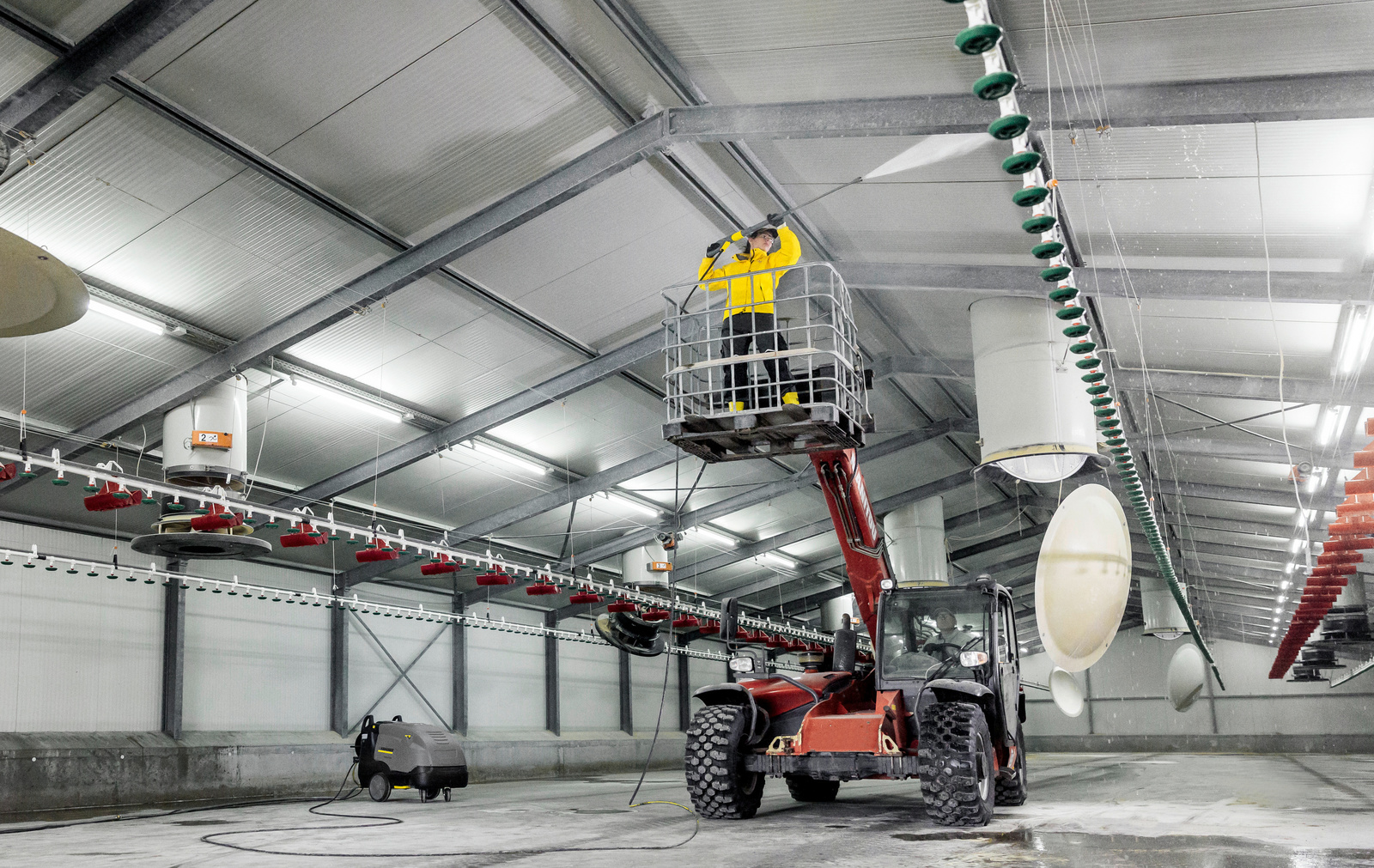
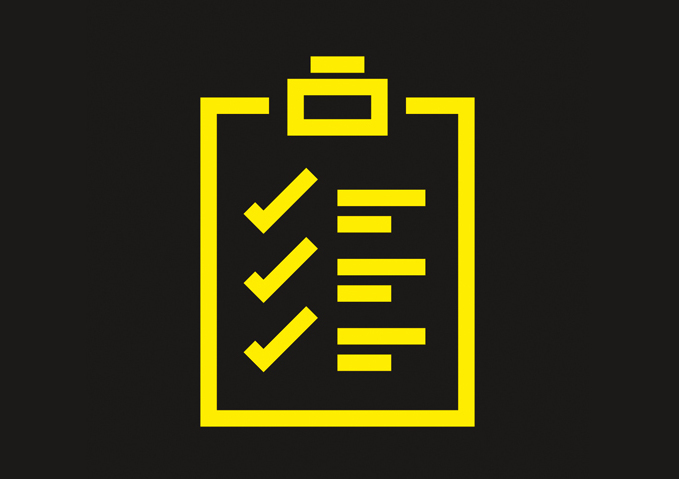
Documentation and training
It is recommended that the time saved by efficient cleaning procedures should be used for inspection of the sheds for building damage, and for repairing any damage found. For cracks, gaps and holes are breeding grounds for bacteria and viruses, and points of entry for rodents and insects, which can also bring in pathogens and must therefore be regularly combated.
Furthermore, poultry keepers should document all hygiene measures in order to retain an overview – and instruct their employees on the necessary cleaning routines. The choice of cleaning equipment that is easy to operate saves time required for training.
The above-stated measures will not only reduce the risk that a poultry population will one day be diagnosed with avian flu – they will also protect the animals against other infectious diseases.
You may also be interested in:
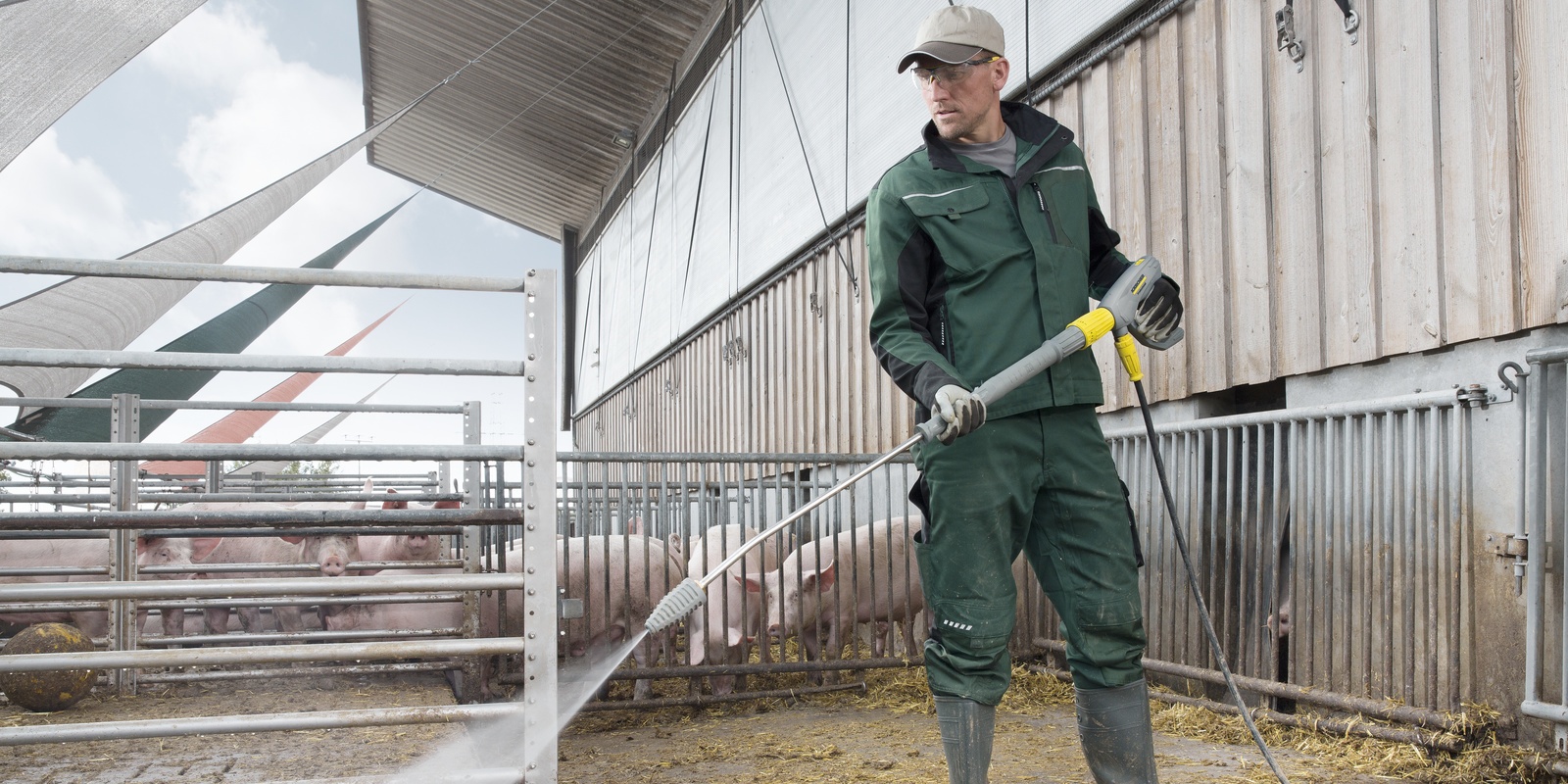
ASF: Prevention Through Cleaning
As the African swine fever has reached central Europe, the introduction of the disease into other central European countries cannot be ignored. Proper cleaning on the farm allows farmers to make an important contribution to protecting their livestock.
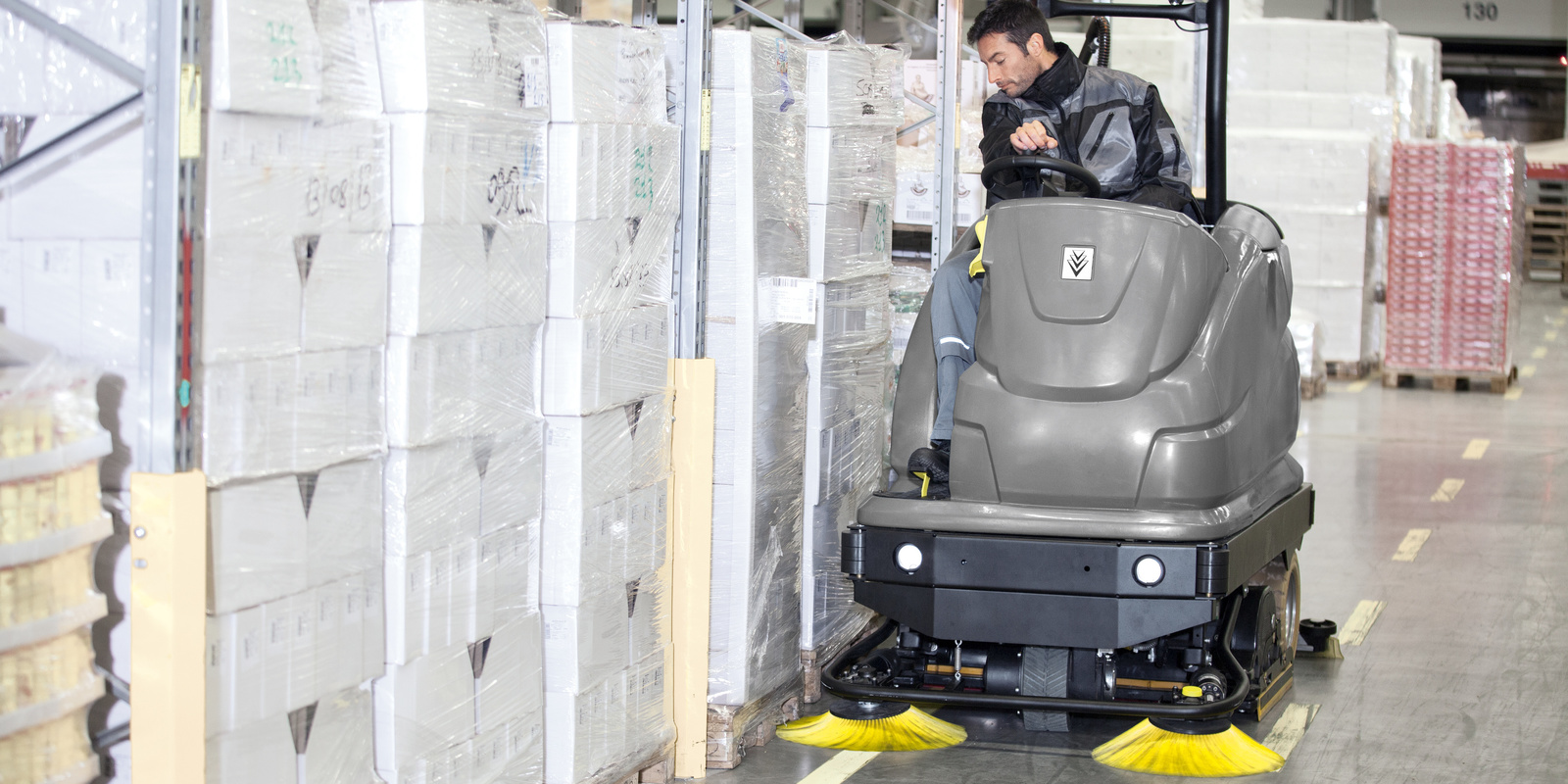
The Success Story of the Floor Scrubber
The start of floor cleaning by machines dates back more than 100 years. The first floor polisher was developed at the start of the 20th century to take the monotony out of tedious work.
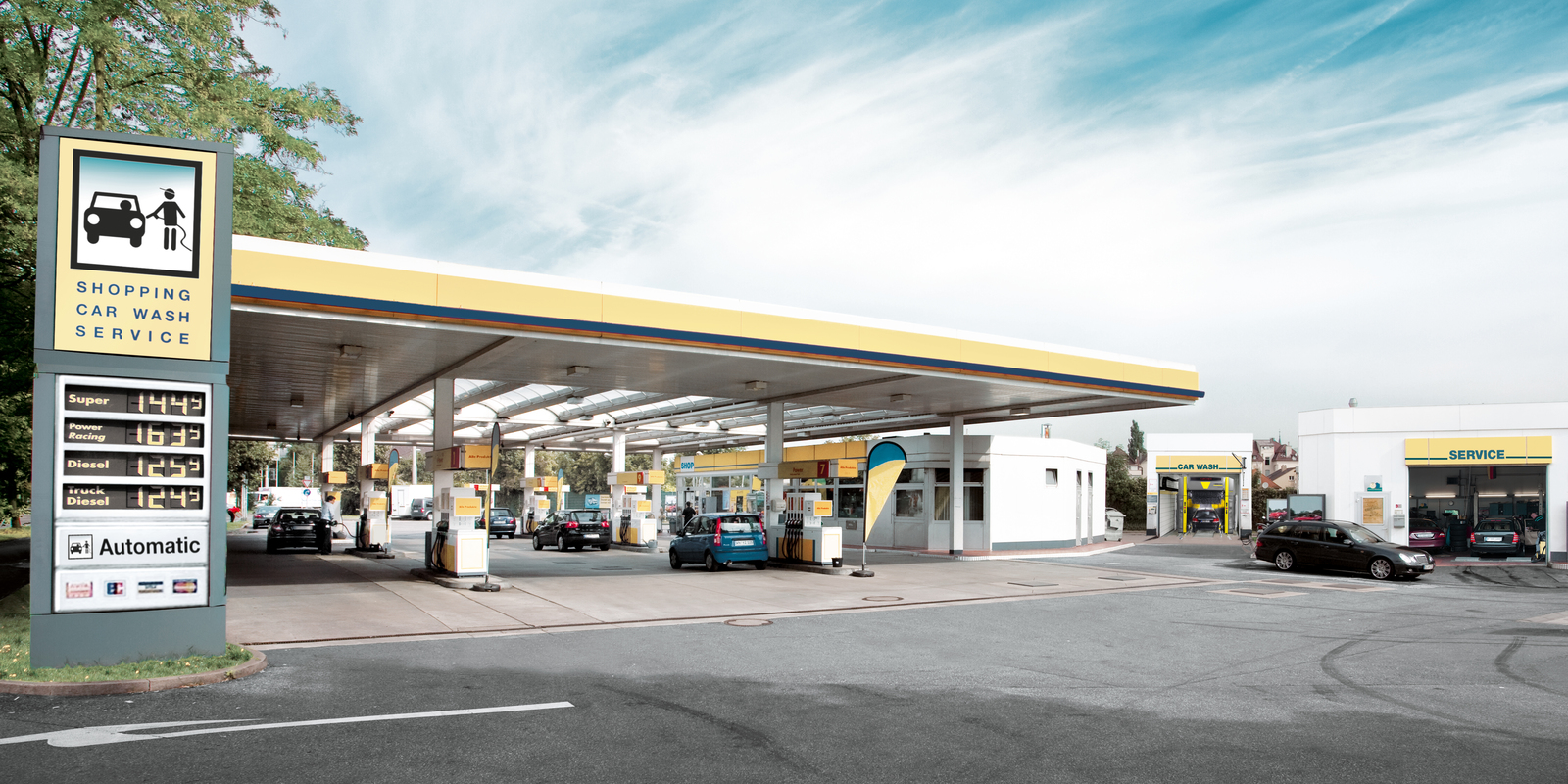
Service Station Cleaning
Service stations require cleaning on many fronts. However, anyone who invests in the proper technology finishes the required activities quickly. All that is needed is a deep cleaning at regular intervals. And those who always keep their equipment and premises clean have significantly less to do.

